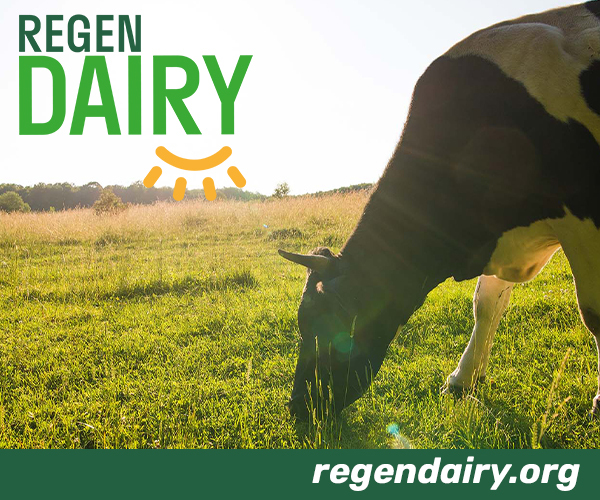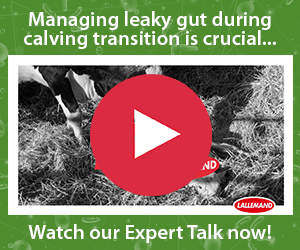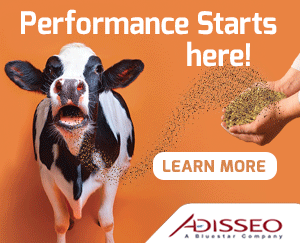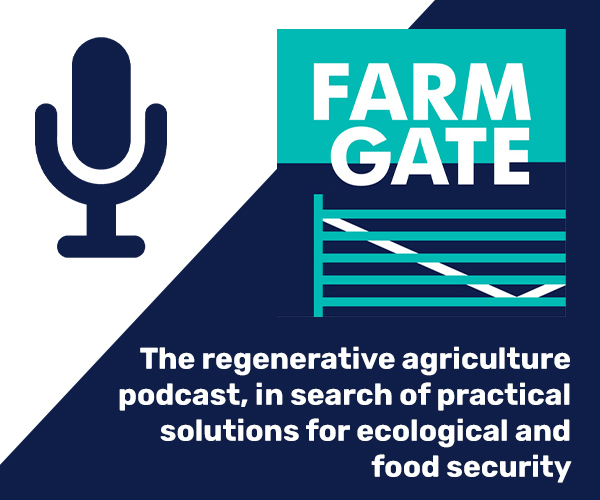



Compost Bedding Better for Cows' Foot Health, Researchers Find
AUSTRIA - A study conducted by researchers from Vetmeduni Vienna has shown that the use of wood shavings and sawdust in dairy barns instead of straw bedding is especially good for claw health.Dairy cows kept in barns often develop claw damage because of humid and unsuitable roaming areas. These disorders can affect the animals’ fertility or their milk production.
But a comparison with other barn types demonstrated that cows kept in compost bedded barns exhibited a lower frequency and lesser severity of claw disorders. The results were published in The Veterinary Journal.
Compost bedded barns use wood chips or sawdust as bedding instead of straw. The wood residue binds the excrement and daily aerating incorporates the manure and starts the composting process.
A team of researchers from Vetmeduni Vienna, led by Johann Burgstaller from the Clinical Unit of Ruminant Medicine, has for the first time compared the frequency of claw disorders and lameness in compost bedded barns and the more common freestall cubicle barns in Austria.
The researchers investigated the frequency and severity of claw lesions in five compost bedded barns and five freestall barns. “Lesions of low severity were categorised as grade 1, severe lesions as grade 3. The results for the individual lesions were weighted and subsequently added together to calculate an index value for the claw health per barn,” Mr Burgstaller explains. “A high value indicates poor claw health; a low value indicates good claw health. This value, however, is also influenced by factors such as frequency of care, feeding and genetics.”
The compost bedded barns exhibited about one half the number claw disorders, such as foot rot or white line disease, as the freestall barns. Both the frequency and severity were lower.
Lesions of grades 2 and 3 were seen only rarely. The compost bedding thus has a beneficial effect on claw health. Lameness, on the other hand, occurred at nearly the same frequency in both barn types. At about 18 per cent, however, the average of the freestall and compost bedded barns was below the international and previous Austrian level of 25 per cent.
TheCattleSite News Desk











